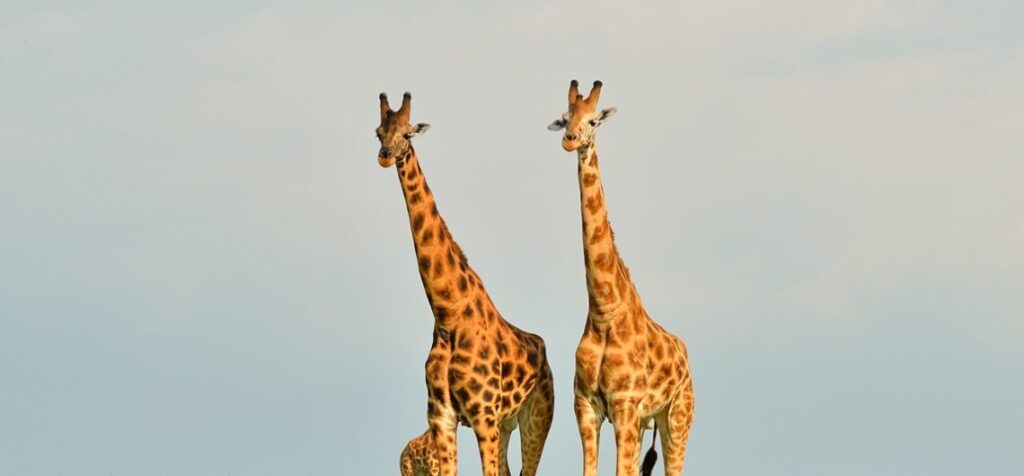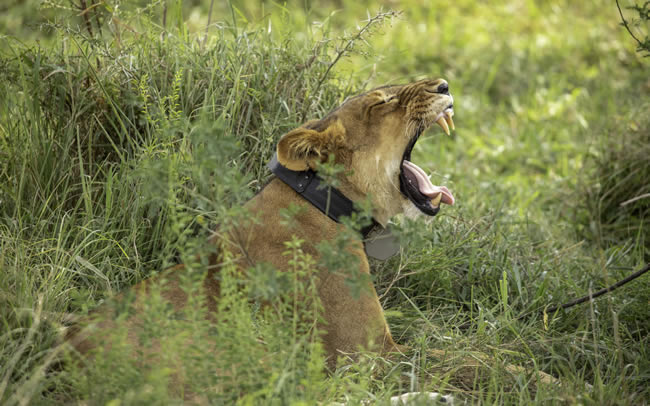Kidepo Valley National Park is situated close to the districts of Karenga and Kaabong Districts. It is the farthest National Park in northeastern corridor of Uganda. The Park has become famous for being Uganda’s most adventurous savannah park which hosts the Big four mammals. It has great features that tourists love exploring. As far as park entrance fees go, East African Citizens pay UGX 20,000/=; Foreign Residents pay $30; and Foreign Non-Residents pay $40 per person per day.
History of Kidepo Valley National Park.
Before it was established as a national park, the area was an inhabited region by Mening tribe. In 1958, it was gazetted as a game reserve. This followed evacuation and eviction of these local inhabitants who were fond of hunting wild animals for food. Protection of wildlife was therefore the main reason that the British colonial government considered in as far as gazetting the area s concerned.

Shortly after Independence, the Ugandan government in 1962 gazetted the game reserve as a national park with Ian Ross as its first Chief Warden. Paul Ssali later succeeded him, becoming the first Ugandan Chief Warden of the newly gazetted park in late 1962.
The major unique attraction of this national park is the fact that it is located in an isolated Northern region of Uganda that is greatly semi-arid and therefore presents the most conducive environment for tourism throughout the year. It is also the only national park in Uganda in which ostriches and cheetahs can be seen, though rarely.
Attractions of Kidepo Valley National Park.
Big four game mammals are available in Kidepo i.e., Buffalo, Elephants, Giraffes, and Zebras. Being a savannah grassland area, these animals flourish and breed within the national park. There are other animal species such as antelopes, hyenas, leopards, warthogs, and other animals alike.
There are over 350 bird species within Kidepo, with a few of those endemic to this region.
The great tribes of Kidepo i.e., Karimojong and the Ik tribe.
Mountain Morungole and other semi-arid landforms.
The great savannah grasslands that allow for fulfilling nature walks and scenic game drives.
Activities in Kidepo Valley National Park.
- Game drives.

Kidepo valley is greatly covered by savannah grassland and is therefore a favorable area for the flourishing of wildlife species. Most of these are herbivorous animals and commonly among those that are visible in almost all areas of the park include; the zebras, giraffes, antelopes, buffaloes and elephants.
Other rare game includes the lions, leopards, hyenas, cheetahs, and many more. During game drives to the upper areas of the park are the ostriches which are rare bird species to come by.
- Bird watching.
The national park has hundreds of bird species most of which are Savannah lowland birds. Some of the birds migrate from as far as Kenya whereas some from the Sudanic region. This national park has recently entered the collection of Uganda’s bird watching spots. There is over 450 registered bird species with some rare to locate in any other part of the world. Some of the rare species include Karamoja Apalis and Black breasted Barbet. The preying birds such as the African eagle and kites are also in considerate numbers. Most importantly, and rarest of all these birds is the ostrich.
- Nature walks.
The most fascinating aspect of the nature walks within the park is that tourists get an opportunity to view some wildlife such as zebras and elephants while they take their nature walks near Apoka area.
There are a number of trails in which visitors walk usually during the morning hours giving them an opportunity to view larger areas of the wilderness.
- Hiking Mountain Morungole and encounter the IK tribe.
This mountain is a great hiking point for interested tourists and is one of the highest points within Kidepo Valley National Park. Hiking this mountain introduces visitors to the less-known IK tribe. It is a fascinating tribe which is known for their unique culture and customs including the tradition dances, art and craft. The park’s visitors also enjoy the vegetation that surrounds the slopes of Mountain Morungole.
- Cultural expedition.
This is one of the most interesting activities where visitors get an interface and experience of the Karimojong culture. They are herding community and largely pastoralists. Their culture is similar to that of the Turkana in northwestern Kenya. They have a unique way of constructing their houses, which are built in a clustered manner, surrounded by a fence, and epicenter left vacant for the purpose of acting as a kraal.
They value cattle as a symbol of wealth in their tradition. One of the most interesting traditions is their local dance which includes jumping to high meters in the sky. There is more that any tourist would therefore find fascinating about the Karimojong.
How to get there?
The fastest and most comfortable way of accessing Kidepo is through a chartered or scheduled flight, but it should also be noted that it is quite easy to access Kidepo by road. The only difference is that it takes longer hours to reach the park, which is an approximation of 10 hours (670 kilometers) from Kampala City.
The drive goes through Gulu city, and travelers get to access the park from Lokumoit Gate. The road access to the park is interesting in a way that tourists can decide to have a break at Ziwa Rhino Sanctuary, which is a national sanctuary of endangered Rhinos in Uganda.
Travelers who chose to use air transport can board from Entebbe International Airport where most domestic flights are scheduled to all places in Uganda.
When to visit Kidepo Valley National Park?
Kidepo Valley National Park is extremely unique to most of the other national parks in Uganda since its seasons with the most conducive weather don’t have unpredictability. Therefore, visiting Kidepo is perfect throughout the year since it is located in the semi-arid region of Uganda. The area, greatly known as Karamoja region, gets low amounts of rainfall.
However, the months of June to September, and December to February bring the highest abundance of sunlight annually. Therefore, they are the most recommended months for visiting Kidepo Valley National Park.
